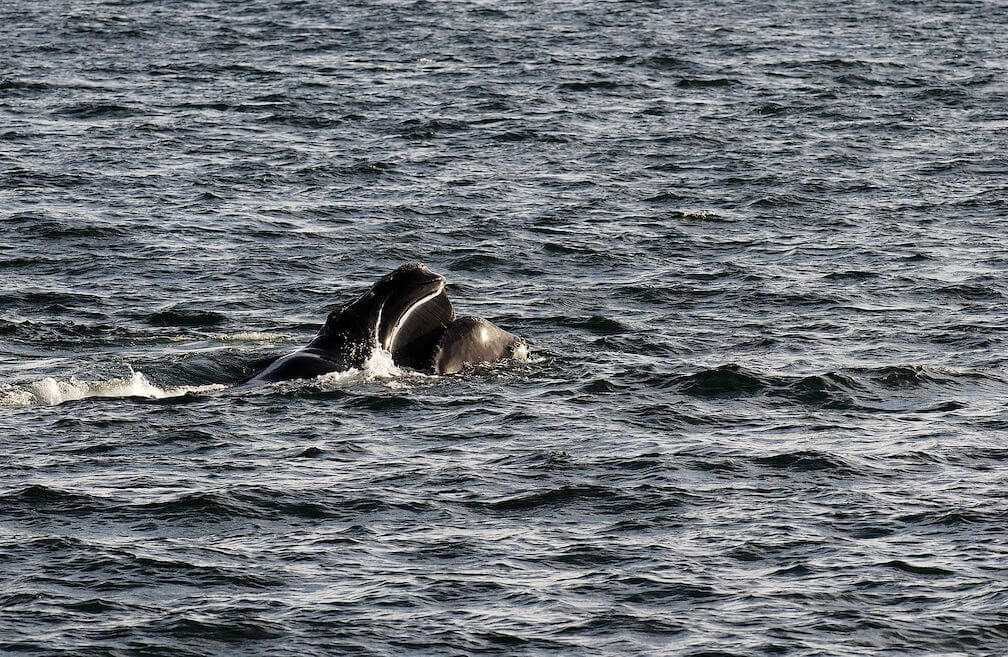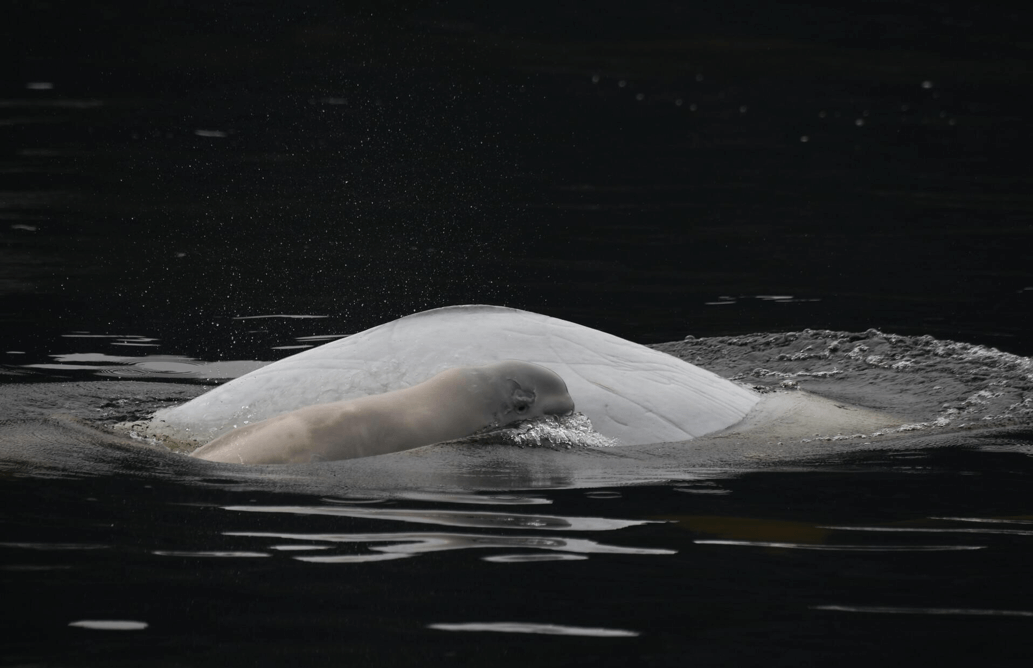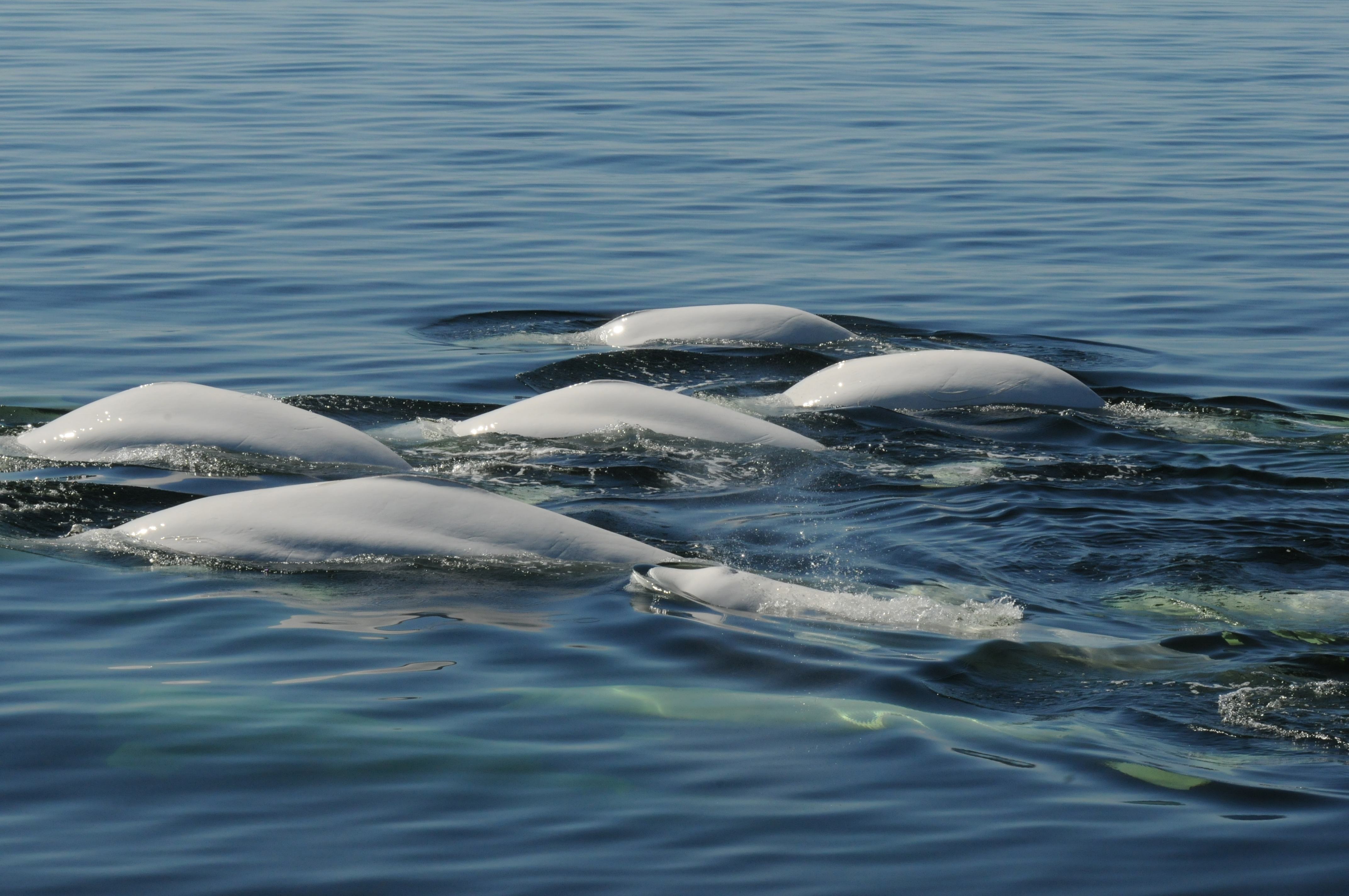Baleen refers to the stiff plates of keratin that hang off the upper jaw of some whales, more precisely mysticetes… but is all baleen alike? Of course not! The size and shape of baleen and how it is used varies widely from one group of whales to another, reveals a study published in the Biological Journal of the Linnean Society.
Baleen acts as a filter, allowing mysticetes to keep their prey in their mouths and expel the sea water. However, mysticetes do not all filter the same way.
In this study, researchers analyzed the functional morphology and hydrodynamics of baleen in ten species of whales. The results demonstrate a clear difference between the baleen of balaenids (members of the family Balaenidae, which includes right whales and the bowhead whale) and that of rorquals. The baleen of balaenids is longer, thinner, straighter, and four to five times the size of that of similar-sized rorquals. Why such differences? According to researchers, these differences can be explained by the type and size of the prey of various whales, as well as their biomechanics of filtration and the drag force (the force that works against the whale’s movement through the water).
“Balaenids open their mouths and then slowly swim through a patch of copepods [tiny crustaceans that form the basis of plankton] and filtration takes place continuously and simultaneously,” says Jean Potvin, physicist, whale enthusiast and co-author of the study, in an interview with the Whales Online team.
Fin whales consume larger and more mobile prey: krill and small fish. “When they locate a school of krill or small fish, they accelerate, open their mouths, engulf and then close their mouths and use the powerful muscles of their belly to push the water out through their baleen,” continues Mr. Potvin. Thanks to ventral grooves that can expand like an accordion, rorquals are able to engulf a volume of water that exceeds the volume of their body. During filtration, enormous pressure is generated and the rate of filtration (the speed of water passing through the baleen) is about 10 times higher than in balaenids.
“In rorquals, baleen are short because of how fast the animals are swimming when capturing their prey. Short baleen minimizes drag and energy, and is able to withstand enormous pressure with minimal damage. Balaenids, on the other hand, catch their prey very slowly, such that they are able to expose longer baleen without generating a large drag force,” explains the physicist.
Two of the species studied – sei whales and pygmy whales – have intermediate-sized baleen that does not fall into either of the aforementioned categories. These two species likely have a less specialized diet (including small and large prey), allowing them to adapt to different ecosystems and situations, but possibly limiting their effectiveness.
The next challenge for researchers will be to compare the energy used by different whale species to feed, and to shed light on the link between their body size and the energy efficiency of their diet. Additionally, researchers will compare the energy expenditures of the bowhead whale and the blue whale – two species that feed exclusively on plankton – to understand why the blue whale is about twice as long as the bowhead.






